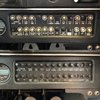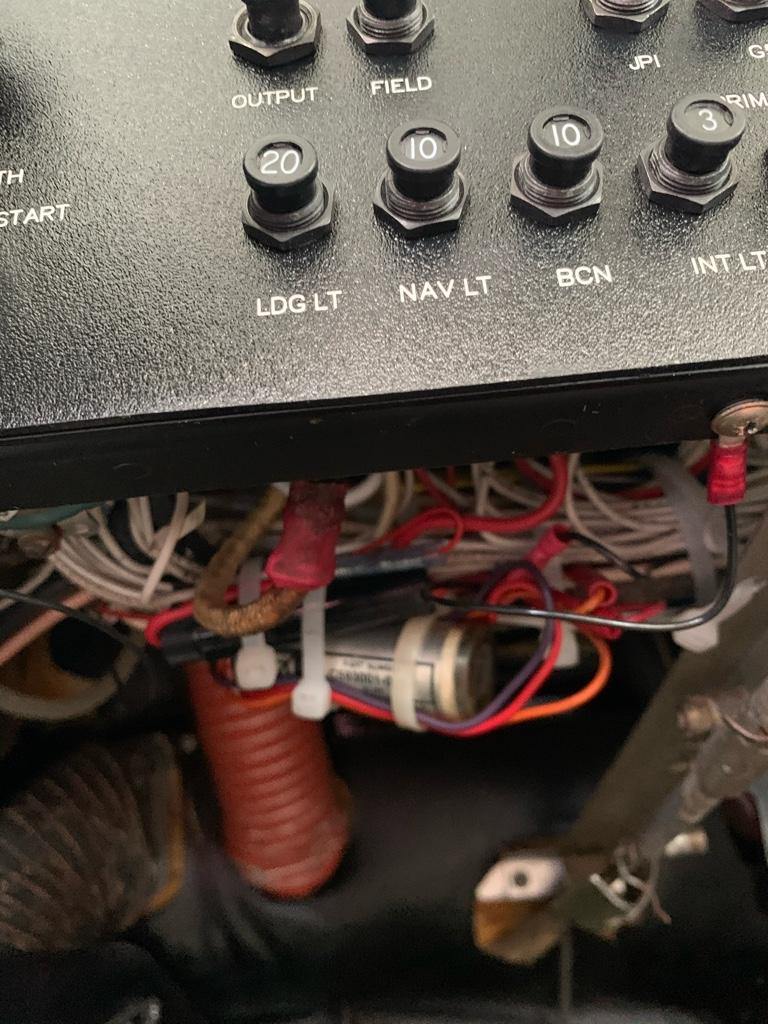Pete Lehmann
Filing Flight Plan
Quick and easy question:
As the owner/operator of my PA38-112 Piper Tomahawk, as well as a certified A&P, can I replace all the white circuit breakers in the cockpit which reset flush and change them out for the black type which can be pulled in flight? Would that take a 337, or are they considered a consumable?
I'm not sure who thought that inhibiting the pilots from being able to pull any appliance off the bus was somehow a good thing. If I'm flying at my favorite cruising altitudes, 7,500' or 8,500' MSL and start to smell electronic circuit smoke, I have 2 awful options I would need to choose from, and do so quickly. I either inform New York Approach what's going on and start an extremely aggressive emergency descent, or I shut the avionics switch off, which takes every single thing I actually really would need, and go find an airport to land.
There's one step left for them and it's the same thing for both. Really really hope it doesn't get worse.
I bet continuing my flight while conducting the simplistic troubleshooting process of pulling each breaker observe, no change, reset and go to the next. Hopefully there would be some evidence which would suggest a likely area the smoke seems to be originating from, or some radio or appliance started exhibiting unusual characteristics.
In the Army, as a Blackhawk crew chief, we were required to train on this process in and were tested before we were qualified to be a member of the crew.
Also, if anyone has a convenient source for these breakers, I'd very much appreciate you passing that along to me.
Thanks Yo!!
As the owner/operator of my PA38-112 Piper Tomahawk, as well as a certified A&P, can I replace all the white circuit breakers in the cockpit which reset flush and change them out for the black type which can be pulled in flight? Would that take a 337, or are they considered a consumable?
I'm not sure who thought that inhibiting the pilots from being able to pull any appliance off the bus was somehow a good thing. If I'm flying at my favorite cruising altitudes, 7,500' or 8,500' MSL and start to smell electronic circuit smoke, I have 2 awful options I would need to choose from, and do so quickly. I either inform New York Approach what's going on and start an extremely aggressive emergency descent, or I shut the avionics switch off, which takes every single thing I actually really would need, and go find an airport to land.
There's one step left for them and it's the same thing for both. Really really hope it doesn't get worse.
I bet continuing my flight while conducting the simplistic troubleshooting process of pulling each breaker observe, no change, reset and go to the next. Hopefully there would be some evidence which would suggest a likely area the smoke seems to be originating from, or some radio or appliance started exhibiting unusual characteristics.
In the Army, as a Blackhawk crew chief, we were required to train on this process in and were tested before we were qualified to be a member of the crew.
Also, if anyone has a convenient source for these breakers, I'd very much appreciate you passing that along to me.
Thanks Yo!!




